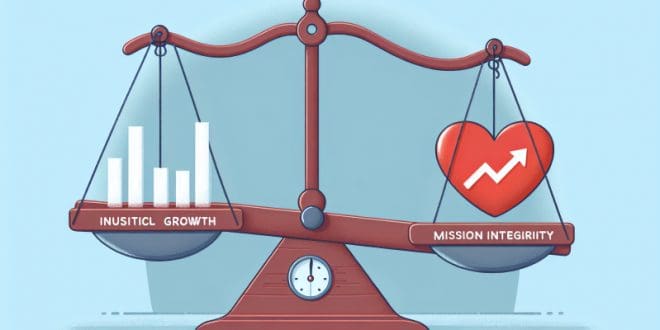In the heart of every nonprofit organization lies a dual ambition: advancing its mission and evolving its leadership. This might seem a straightforward endeavor, but the reality is far more complex. Nonprofits operate under tight budgets, scarce resources, and the noble cause of service, often rendering leadership development a secondary priority. Yet, it is this very element—effective leadership—that is fundamental for the sustainability and potency of any organization. The paradox of leadership development in the nonprofit sector is a nuanced theater where cultivating strong leaders must be weighed against the immutable commitment to the mission.
This intricate balance has presented a unique challenge. Nonprofit leaders are often so entrenched in mission delivery that they overlook their own growth, and by extension, the organization’s strategic evolution. When leadership development takes a back seat, it not only stymies personal growth but can also impede organizational innovation and adaptability. However, nonprofits that recognize the value of investing in their leaders can reap significant benefits. Enhanced decision-making, improved operational efficiency, and a more empowered staff are just a few of the advantages.
Through various case studies, we’ve seen the transformative power of targeted leadership training. Programs that emphasize strategic thinking, ethical leadership, and adaptive management can refresh an organization’s approach to its mission. They can lead to breakthroughs in how services are delivered and improve the impact on the communities served. Conversely, we also encounter cautionary tales where an overemphasis on leadership development—especially of the generic variety—can cause mission drift. This happens when the pursuit of professional development overshadows the nonprofit’s foundational purpose, leading the organization astray.
The question then becomes: How can nonprofits integrate leadership development without compromising their mission? The answer hinges on a careful customization of leadership training. Nonprofit executives must seek programs and frameworks that are congruent with the organization’s ethos and service model. Moreover, grant-makers and funders play a crucial role. By understanding and supporting the leadership needs of their grantees, they can help ensure that leadership growth and mission integrity advance hand in hand.
In conclusion, the path to maintaining the delicate equilibrium between leadership development and mission integrity is not a solitary one. It requires a cooperative effort from nonprofit leaders, funders, and the broader community. Through thoughtful discussion and strategic planning, the nonprofit sector can learn to embrace leadership development not as an optional luxury, but as a fundamental element that is intricately woven into the fabric of their mission. This blog entry invites you to join the conversation and contribute your insights on fostering leadership within the parameters of the nonprofit ethos.
 Grants Club Community
Grants Club Community







